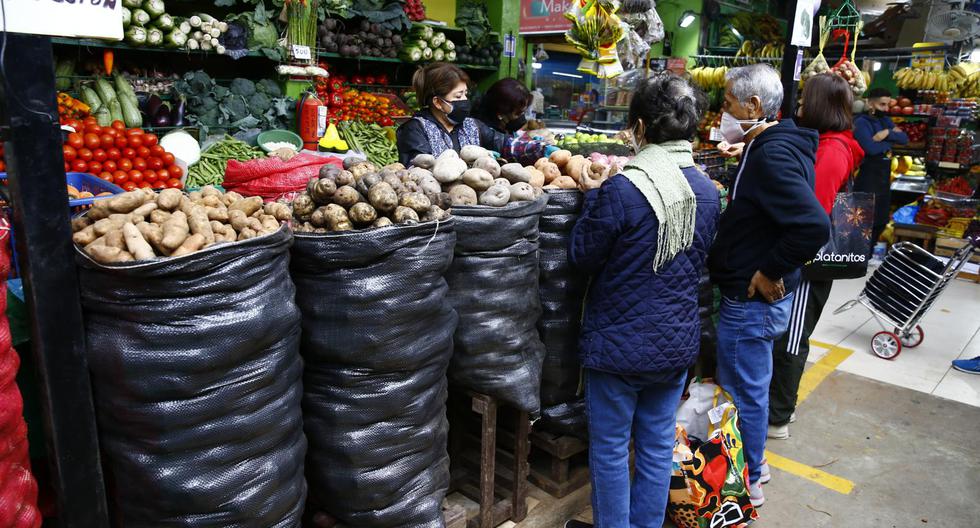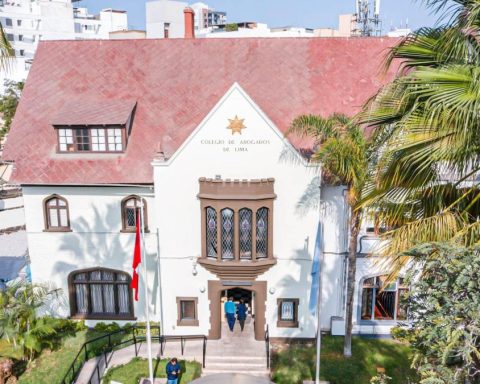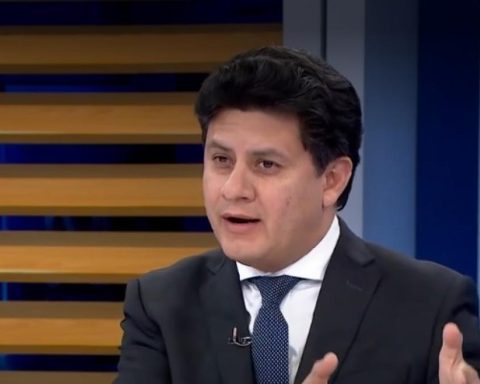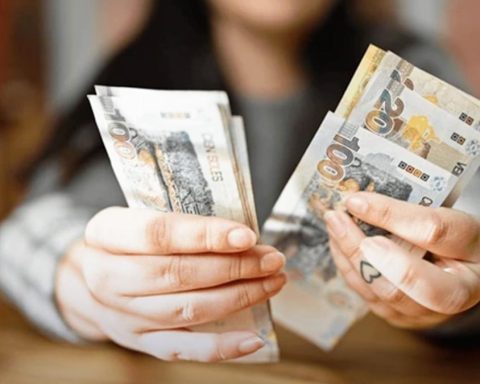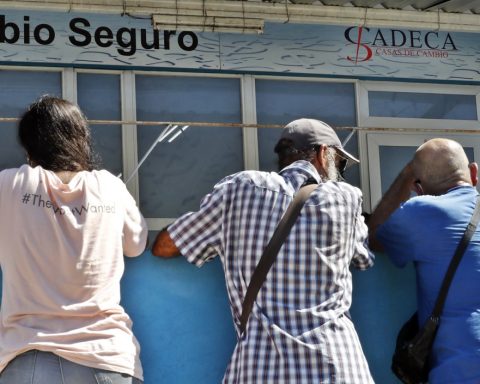The inflation in June in the last 12 months for Metropolitan Lima it added 8.81%, the highest rate in the last 25 years. This aggressive figure is reflected in the constant rise in the prices of various products, mainly the basic family basket.
According to Jorge Guillén, professor of Finance at ESAN Graduate School of Business, this phenomenon is due to the international context, with the high prices of fuel, food and fertilizers.
But what products are the most affected by inflation and what options do Peruvian citizens have to mitigate this price increase? In this note we tell you.
What products go up in price?
The high prices of fuels and fertilizers have pushed many products up, but the most affected have been food.
“They are foods related to corn, cereals, oil, soybeans, and in general food for transportation, because gasoline is more expensive,” Guillén told this newspaper.
Although these products have been the ones that have suffered the most from inflation, they are not the only ones. Since gasoline is more expensive, everything goes up in price, since from a pair of pants to a watermelon they need to be transported from one place to another.
On the other hand, services have not been largely affected by this phenomenon.
“Inside the basket is what is called education, services. They have not increased much, according to the INEI. What has increased the most is food, and what depends on transport. Some services or the educational sector have not increased much”, pointed out the expert.
Alternatives for the population
The ESAN teacher offered some advice so that citizens can better withstand the onslaught of the higher cost of the basic basket, such as the following:
- Nutritional alternatives. There are foods that have been less affected by inflation and that can provide the necessary nutritional content, such as legumes (lentils, beans or quinoa).
- Buy wholesale. Without speculating or hoarding products, a healthy option is to buy non-perishable products wholesale, or get together with relatives, neighbors or friends, to buy more food for a lower price.
- Boxes and cooperatives. If you have extra money that you can spend on savings, it is a good idea to opt for municipal savings and loan accounts, as well as cooperatives, as they currently offer good interest rates for savers.
When will prices return to normal?
Guillén considered that the inflationary phenomenon will last until the end of this year and the beginning of 2023, so it is convenient to take the necessary precautions to face this year in the best way.
“Probably in 2023 we will have the band of 1% to 3% (inflation target range). Prices would start to fall towards the end of this year and next year they would fall into their price band, probably in March 2023″, he pointed out.
